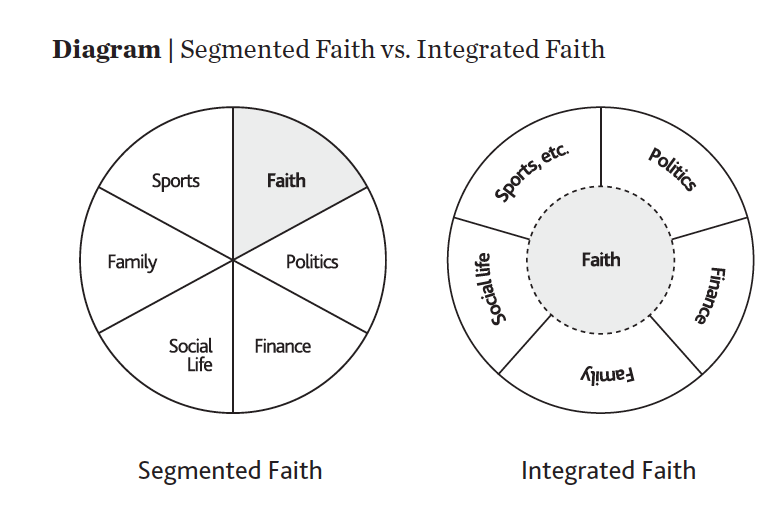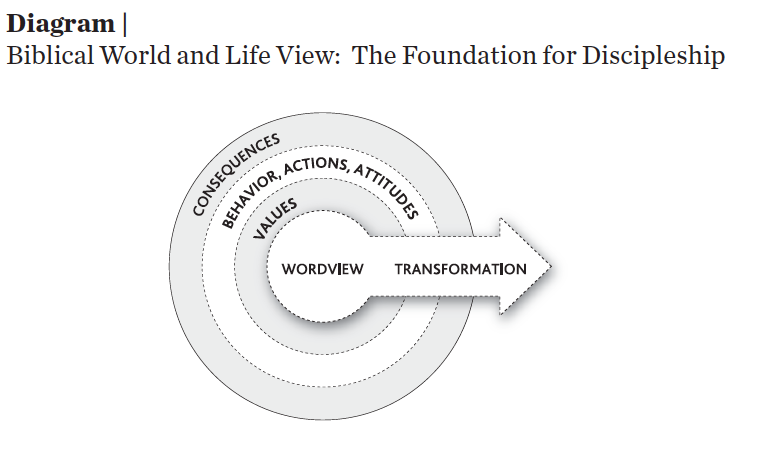Reading: Five Key Functions of the Church
FIVE KEY FUNCTIONS | A five star church
1. EVANGELISM
“The Church announces the Good News of Jesus Christ in Word and deed and invites people to be part of the Kingdom of God.” Acts 1:8
“And the Lord added to their number daily those who were being saved.” Acts 2:47
• Engel Scale
• Calendar and checkbook: These documents let us see if the church is really interested in and committed to evangelism.
“The Great Commission is not an option to be considered; it is a command to be obeyed.” -Hudson Taylor (missionary to China)
The Engel Scale:
These scales shows steps people often take on the way to conversion and then steps afterward showing growth as a Christian.
The Engel Scale: Evangelism
-8 The person has some knowledge of a Supreme Being
-7 The person finds out a bit about the Gospel
-6 The person starts to understand the basics of the Gospel
-5 The person starts to understand the personal implications of the Gospel
-4 The person has a positive attitude toward the Gospel
-3 The person considers what making a decision for Christ will cost him
-2 The person takes a step of faith
-1 The person repents and in faith turns their life over to Jesus Christ
Engel Scale: Regeneration
+1 The person evaluates their decision to follow Jesus Christ
+2 The person is incorporated into the body of Christ
+3 The person starts a life of discipleship and service
DISCIPLESHIP
“The Church helps people to see God more clearly, get to know his will for their lives and equip them to follow him in all aspects of life.” II Peter 3:18
“They devoted themselves to the apostles teaching…” Acts 2:42
The four C’s of discipleship:
1. CONDUCT
2. CHARACTER
3. CONTENT of the Gospel
4. COMMITMENT


As we learn more about God, the world and ourselves from Scripture, we are challenged to bring every area of our lives into obedience to God. This is what discipleship is—growing in our knowledge of God, the world and ourselves and living as God’s people in every situation.
“Men do not decide their own futures. They decide which will be their habits and their habits decide their futures.” --Unknown
“Those who teach doctrine must first teach with their life…. otherwise they are tearing down with one hand what they build with the other.” --Matthew Henry
SERVICE
The Church addresses the needs of people in the name of Christ and invites them to be his disciples.
“Selling their possessions and goods, they gave to anyone as he had need…enjoying the favor of all the people…” Acts 2:45, 47
Three types of relationship between service and evangelism
1. Ministry as a RESULT of evangelism: Conversion to Christ makes us attentive to the needs of others and eager to meet them.
2. Ministry as a BRIDGE for evangelism: service to others as the starting point that later makes them willing to hear the Gospel.
3. Ministry ACCOMPANYING evangelism: speaking of Jesus while serving others.
“Only a life in service to others is a life that is worthwhile.”
-Albert Einstein
“No one has made a worse mistake than the one who didn’t do anything because he could only do a little.”
-Edmund Burke
FELLOWSHIP
Members help carry each other’s burdens, showing the love and compassion of Christ.
“They devoted themselves…to the fellowship…All the believers were together and had everything in common….Every day they continued to meet together with glad and sincere hearts…”
Acts 2:42, 44, 46
John 17:20-23 | The unity of the church is based on the union between Jesus and the Father. That same testimony continues to be the missionary force that drives the church today.
Small Groups | Provide an opportunity to grow spiritually, to find friendship and fellowship, to get advice, to serve others in times of need, to pray together and to receive support to face life’s situations. Since the first century after Christ, Christians have met together in homes: Acts 2:24; 5:42; 10:22; 12:12; Colossians 4:15.
Conflict Resolution | Conflict is a normal and real part of life. The goal is not to avoid all conflict (which is impossible) but to find ways to examine the situation as objectively and calmly as possible and try to reach a solution through clear and effective communication.
When conflict occurs:
Pray together asking for God’s guidance through the issue and for the Holy Spirit to rule in each heart.
• Listen to others and make sure that you understand their point of view.
• Do not assume you know what others are thinking.
• Focus on the problem, not on the person.
• Identify possible options and the consequences of each.
• Work to reach consensus (agreement on a particular solution even if it’s not everyone’s first choice) rather than win/lose votes.
“Has it ever occurred to you that one hundred pianos tuned to the same tuning fork are automatically tuned with each other? They are in tune, not because of each other, but because they are tuned to a higher standard. In the same way, one hundred believers are closer to each other by fixing their sights on Christ, than they would be by focusing independently on unity to reach greater fellowship.” -A.W. Tozer
“There are many things that you can do alone…but being a Christian is not one of them; the love of brother is inseparable from the love of God.” -William Ham
“There is only one way to love those who hate us…forgetting to consider their evil intentions and perceiving the image of God in them that leads us to love them.”
-John Calvin (16th century Reformer)
WORSHIP
The Church gathers as the family of God to meet with the Father in worship, confession and gratitude, as well as dedicating themselves to service and prayer.
“They devoted themselves… to the breaking of bread and to prayer…praising God…” Acts 2: 42, 47
Define your content and style | Worship Style
There are many factors that impact the worship style of a church. This tool will help you analyze some of the perceptions of its leaders. There are no correct or incorrect answers.
The purpose of the next page tool is to create good conversations for evaluation and planning. It helps you to objectively analyze the worship style your church has developed, what things to keep the same and what things you want to modify.

With your church’s leaders, analyze what your church’s worship services are like. The purpose is to recognize your perceptions. There are many factors that affect worship style. Included here are some, but you can also add other categories according to your particular situation. This diagnostic tool measures the perceptions of each participant and serves to generate conversation and evaluation of your worship services. We recommend that a small group does this individually first and then takes the average of the group and talks about the results. The evaluation questions can guide your conversation.
What worship style is appropriate to your context?
What type of music, technology, etc. are going to help people respond well to God in praise, confession, thanksgiving and petition?
“Worship is…
-submitting our whole being to God.
-understanding his Holiness.
-sustaining our mind with the Truth.
-the purification of the imagination by His beauty.
-the openness of the heart to His love.
-obedience to his will and purposes for our lives.
And all this is translated into praise, the most intimate emotion, the best antidote for self-centeredness, which is the original sin.”
-William Temple
Evangelism is not the final goal of the church. That place is taken by worship. Evangelism only exists where there is no worship.”
-John Piper
